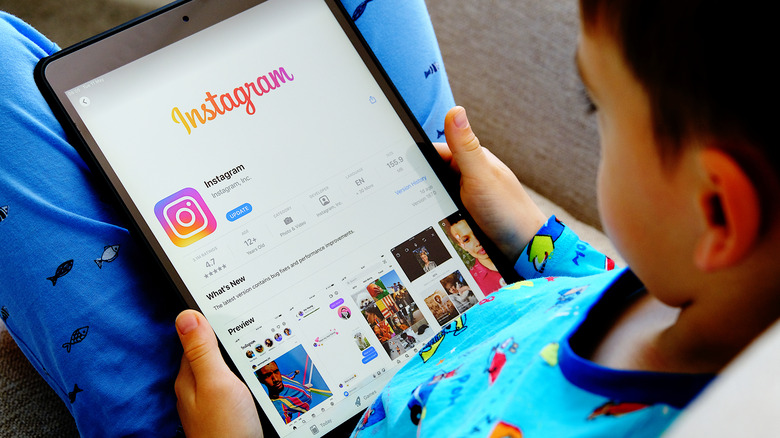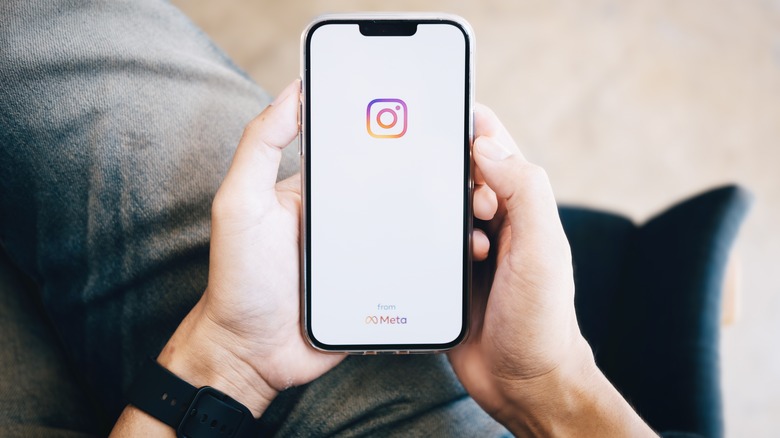It's Time To Talk About Instagram's Age Recognition Technology
Instagram is now testing ways they can verify users that are below the age of 18 through AI facial recognition technology. This technology helps to protect children and teens by ensuring they are not exposed to inappropriate content. The new technology aims to make it harder for Instagram's youngest and most vulnerable users to alter their birthdates or enter false ones when they sign on to the platform. Users below the age of 13 are not allowed to have an account. Currently, the trial is testing users in the United States first (via Instagram).
Instagram partnered with a U.K.-based start-up called Yoti, which specializes in facial recognition technology. A white paper, published by the biometric company, says that its software would not be able to identify anything about users other than their age. It also states that user images will be deleted and won't be stored in their servers.
How does it work?
In a blog post, Instagram outlined several options for users to verify their age. Subscribers can upload a video selfie that is shared with Yoti. AI technology is then used to estimate age. Afterward, the image is deleted by both Instagram and Yoti (via CNN). Users can also have their connections vouch for them. In this case, users can send a request to three followers to verify their age. These followers have to be over the age of 18 and should respond three days after a request is sent. A third way is to upload official identification like a driver's license or ID card. Instagram says IDs will be deleted within thirty days (via Instagram).
These age-verification methods are part of features that Instagram rolled out earlier this month that give parents more power to monitor and limit their teens' online activities. They also ensure that the algorithm is putting out more age-appropriate content, and places control on the time teens spend online with the app. Additionally, the social media platform implemented a "nudge" tool to help teens be mindful as they browse. When they are on Instagram, teens will receive a notification to switch to a different topic, if they spend too long on the same content. Or, if they are spending too long online, the Meta-owned app will send reminders for users to take time away from social media (via Meta).
Is it enough?
In an interview with The Washington Post, Irene Ly, a policy counsel for the non-profit organization Common Sense Media says that Instagram's recent move seems incomplete. She believes that while it's good the platform is trying to mitigate age-inappropriate content without compromising privacy rights, Instagram's algorithm is still rife with content that should not be seen by young persons.
While Yoti says its facial recognition technology is mostly accurate, there are a number of factors that may skew results. For example, factors such as puberty, skin tone, and gender can affect how old a person looks on the app and cause the software to wrongly estimate users' ages (via CNN). For now, the data shows that there is still somehwat of a margin of error in surmising the ages of users.
Additionally, as far as Instagrams other methods for age verification go, not everyone possesses three trusted contacts over 18 that can vouch for them, nor does everyone have a government-issued ID.


